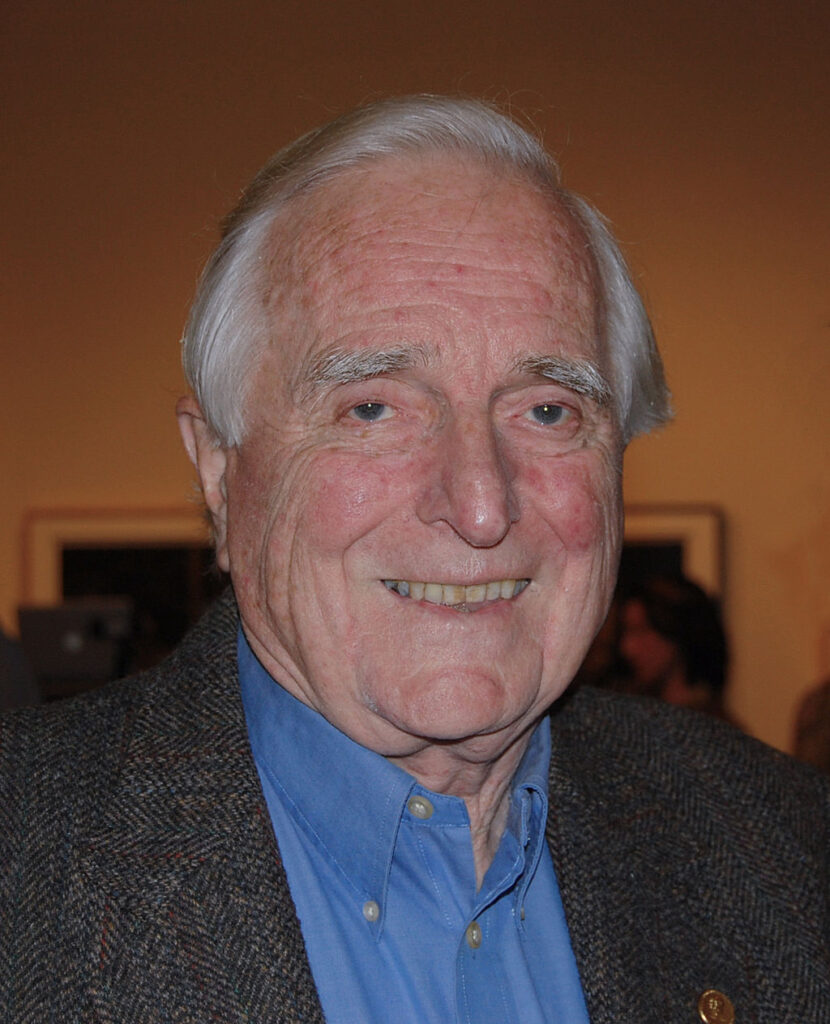d) Douglas Engelbart
Douglas Engelbart, a visionary in the field of computing, significantly contributed to shaping the technological landscape as we know it today. In the 1960s, Engelbart, working at the Stanford Research Institute, embarked on groundbreaking work that would lay the foundation for future graphical computing systems.
One of Engelbart’s most notable contributions was the development of the computer mouse. Introduced in 1968, the mouse was a revolutionary tool that changed the way users interacted with computers. Before its invention, interacting with computers was a complex task, often requiring specialized knowledge of command-line instructions. The mouse simplified this interaction, allowing users to point, click, and navigate graphical elements on the screen with ease.
Engelbart’s vision extended beyond the mouse. He was a pioneer in the development of the graphical user interface (GUI), which would later become a standard in personal computing. His work in this area demonstrated the potential for computers to be more user-friendly and accessible to a broader audience.
The legacy of Douglas Engelbart’s innovations is profound. His work has greatly influenced the evolution of personal computing, making it more interactive and intuitive. The tools and concepts he developed have become fundamental to how we interact with computers and digital devices in our everyday lives. Engelbart’s vision and inventions were not just technological advancements; they represented a paradigm shift in human-computer interaction, paving the way for the modern, digitally connected world.

